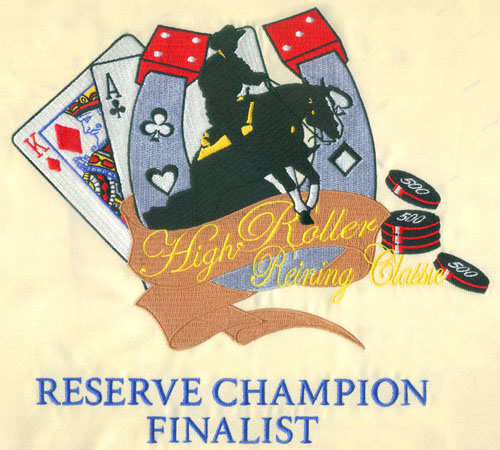Vector Conversion: Breathing New Life into Vintage Artifacts
In our fast-paced digital age, the appreciation for vintage art and artifacts has never been stronger. Whether it's vintage posters, illustrations, or even photographs, these remnants of the past hold a special charm that transports us to different eras. However, with time, these artifacts can degrade, losing their original luster and detail. This is where vector conversion steps in, offering a way to revive and enhance vintage treasures. In this blog, we'll delve into the world of vector conversion and how it breathes new life into vintage artifacts.
Understanding Vector Conversion
Vector conversion is a digital process that involves converting raster images, which are made up of pixels, into vector graphics, which are composed of lines, curves, and shapes. Unlike raster images, vectors are resolution-independent, meaning they can be scaled up or down without losing quality. This feature makes vector conversion an ideal choice for restoring and preserving vintage artifacts.
Here's how the process works:
● Image Scanning: The first step is to scan the vintage artifact at a high resolution. This creates a digital raster image that serves as the starting point for the vector conversion process.
● Tracing and Paths: Skilled graphic designers use vector illustration software like Adobe Illustrator to manually trace the important elements of the image, creating paths, lines, and curves. This step requires precision and attention to detail to capture the essence of the original artwork.
● Color Matching: After tracing, the colors from the original image are matched or enhanced to ensure the vector conversion maintains the original aesthetics of the vintage artifact.
● Finalization: The final vector file is refined to ensure it's polished and free from any imperfections.
Breathing New Life into Vintage Artifacts
● Preservation: Vintage artifacts are often fragile and susceptible to fading or damage. Converting them to vector graphics ensures their preservation in a digital format, safeguarding them for future generations.
● Enhancement: Vector conversion allows for the enhancement of vintage artifacts. Colors can be brightened, details sharpened, and imperfections removed, giving the artwork a fresh and vibrant appearance.
● Versatility: Once converted to vector graphics, vintage artifacts become incredibly versatile. They can be resized to any dimension without loss of quality, making them suitable for various applications, from large-scale printing to digital displays.
● Reproduction: Vector graphics are ideal for reproduction. Vintage posters, for example, can be recreated in various sizes and formats, allowing collectors and enthusiasts to enjoy them in different ways.
● Adaptability: Vectorized vintage artwork can be easily adapted for modern uses. Elements from these artifacts can be incorporated into new designs, creating a fusion of the past and present.
Case Study: Vintage Poster Restoration
Consider the case of a weathered vintage travel poster from the 1950s. The colors have faded, and the paper shows signs of wear. Through vector conversion, this poster can be brought back to life. The faded colors are revitalized, and the details are meticulously traced and restored. Once converted, this poster can be reprinted on various media, ensuring its longevity and allowing new generations to appreciate its beauty.
Conclusion
Vector conversion is a powerful tool for reviving and preserving vintage artifacts. It combines the nostalgia of the past with the technology of the present to breathe new life into these treasures. Whether you're a collector looking to restore vintage artwork or a designer seeking inspiration from the past, vector conversion offers a bridge between history and the digital age. It's a testament to how technology can be used to honor and celebrate the beauty of the past for generations to come.


